In Plain Light 09.17 – The Wildlife Photography Issue
Welcome to this month's newsletter!
In this issue:
You may want to rotate your phone in order to improve your browsing experience on this site.
This is the first newsletter whose topic was suggested by a subscriber, and I am quite excited about the fact!
The topic – wildlife photography – is not necessarily what I practise a lot, but that's exactly why it may be of interest to you. Namely, we are going to talk about how to use average equipment (think yours) in order to achieve best results possible.
Ready?
The best vs good enough
The best gear for wildlife photography would usually mean:
- A fast long (telephoto) lens, say, 300mm f/2 at the very least. The more – with both focal length and aperture – is definitely the better.
- Another fast long lens with a different focal length, or a teleconverter to use with your main lens above.
- A sensor capable of high ISO and good image quality when applying it.
- Fast and precise predictive autofocus in your camera.
- Speedy continuous shooting mode, and rapid write times.
- An all-weather camera body.
- … Anything else you can think about: camouflage tents or covers for every environment you can land in, beanbags to support your lenses, etc.
Count all together, and it can easily add up to a freightening bill – and a heavy package to carry, too!
On the other hand, my film-loaded XPan camera crafted in 1999 has none of the above features.
My longest lens is 90mm f/4. I shoot on ISO 100 film and with manual focus. The continuous mode – which the body surprisingly provides – would reach three frames per second, top, in theory (never tried it yet).
Fortunately, this doesn't mean I am not able to photograph wildlife. Rather, it implies I have to try harder when the opportunity arises.
Wildlife photography tips for any gear
Follow these simple tips to get most out of the equipment you already own.
Use your longest lens. If you only have one zoom lens, zoom it in to the limit.
Open up. Set your camera to shoot with aperture priority, and your lens to wide open.
Crank the ISO up. Animals tend to move (surprise!). In order to reduce exposure time and increase the chance for sharp results, combine a large aperture with a high ISO setting. ISO 800 seems like a good choice, since it would also retain reasonable image quality with the majority of modern cameras.
Use exposure compensation. This is probably not the first thing to think of, so it often gets forgotten:
It is a good idea to check lighting conditions and your position relative to the sun before the action starts, and adjust for them.
For example, if your expected subject is going to appear against a bright
background (e.g., birds in flight), underexpose by 0.5
to 1.5 EV to prevent highlights from burning out. Overexpose by 0.5 to 1 EV for subjects in front of a dark background, such as animals on the forest edge.
Get as close to your subject as possible. While at this, be cautious as not to bring either of you in danger. This latter part is essential—no picture is worth dying for.
Be prepared. Follow your subject through the viewfinder, and use continuous shooting mode of your camera to record action sequences.
Focus on the eyes. Just like when photographing people, aim to focus on the eyes. Even if animals don't have soul – I wouldn't be so sure, but just in case – their eyes tell stories well worth capturing.
Pay attention to what's in frame. Composition still rules! I know from my own experience, this is hard to observe in the heat of the moment. Resort to postprocessing for correction of blemishes and tidying up. If necessary – and the resolution allows for it – crop the image to strip it of unwanted elements and/or emphasize its subject.
As you can see, this is not that different from dealing with any other subjects in front of your lens. It's just about knowing what to expect and how to react to it.
NB: To see the image examples from this page and elsewhere on the site full-screen, click the Slideshow button on the far left.
Tags: #inplainlight #wildlifephotography #anygearfits
Useful links
- Destination: Antarctica
- One of the best places on the planet to photograph wildlife is Antarctica. The icy continent, together with its surrounding waters and islands, is home to immense population of animals unafraid of man. This guide describes your options of getting there, what to expect, and how to prepare for a possible journey of a lifetime.
- South
- This is a vast gallery of my images from a trip to Falklands, South Georgia, and the Antarctic Peninsula in 2015.
- Specialized wildlife photography tours
- If you are interested in wildlife photography and strive to enhance your skills, check out the following links to find a tour with a small group under professional guidance to achieve just that:
Wild Images
A British company with tours and clients the world over. Their philosophy resonates with me: "We firmly believe that the person behind the camera is more significant when it comes to taking great images than the type of equipment they use."
Aaron's Photo Tours
Small group and private tours led by professional wildlife photographer Aaron Baggenstos to Alaska, Yellowstone, Canada, Costa Rica, and Africa.
Previous issue
- 08.17 – The Game of Thrones and Northern Ireland issue
- Embark on a journey to Game of Thrones filming locations in Northern Ireland, and find out more about both the show and the country.
Following issue
- 10.17 – The privacy issue: Online security and Internet privacy
- Being connected can have its downsides, too. The more time we spend online, the more tracks we leave there. These are being collected and evaluated to tell things about us which we wouldn't want to disclose. Be aware.
Other photography tips
- Landscape photography composition tips
- Your mastery of photography composition is what ultimately makes your images. Read here how to excel at it in order to engage your viewers!
- Black & white landscape photography
- Black-and-white photography is very much alive, and landscapes in black and white still look as stunning as in Ansel Adams's day. Be sure to check the article if you'd like to try your hand at this classic and fascinating technique.
- Landscape photography equipment essentials
- Looking for a new camera or another piece of gear? Find answers to your questions, along with some advice and recommendations!
- Fine art photography prints
- And now for something completely different… My thoughts and advice on choosing and using fine art photography prints.
- How to photograph waterfalls
- If your waterfall images are not up to the expectations of your friends, nor to your own satisfaction, try these easy to follow tips to make them shine!
- Marketing fine art photography
- This newsletter issue is about creating your brand and marketing your work, told by those who've been there and done exactly that.
- What is legal to photograph outdoors
- Ever thought about copyright laws having two sides? Your photography can violate them, too. Be sure to know what to photograph, where without getting into trouble.
- How to use Photoshop
- In a dedicated newsletter issue, join me as I show how I use Photoshop to edit my images, and learn some funny facts about the application while at it.
- Wildlife photography tips
- No purchase necessary: Learn how to photograph wildlife for best possible results with your usual equipment.
- Art seascapes
- As November closes in, we take Ishmael's, of Moby Dick, advice and get to sea as soon as we can, led by some highly inspirational examples.
- Winter landscape photography tips
- "Winter landscape" may not sound as exciting as, say, "summer beach", not to everybody, for sure. But if it does to you, there is much to discover outdoors in this time of the year, too. Dress warmly and come on outside!
- Best Adobe Photoshop tips
- We recall some Photoshop basics, like layers, and proceed with more advanced topics, like masks, selective channel editing, converting colour to black and white, and output sharpening.
Tell me what you think!
Is it useful 👍? Awful 👎? Leave a message! Your comments help make this site better (and give me a kick—one way or another).
Popular articles
-
A kind of magic
If a digital picture has to be seen in the real world, printed on a real medium and displayed in a real showcase, its transition from RAW to real is better done in an old school image editor. Enter A…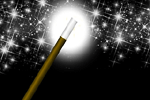
-
A duck for a dog
If you got your own place on the Internet, helping your visitors find what they are looking for is a great way to engage them and keep them staying a bit longer. A custom site search can achieve just …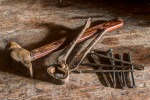
-
"Might as well have the best"
Aiming for better images? Think better lenses! This is your most important piece of gear, so you better get it sorted out. — Need some advice?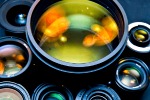
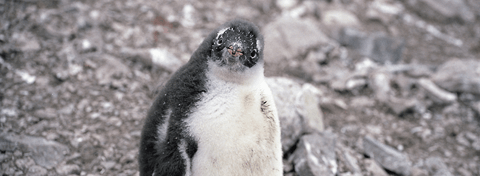
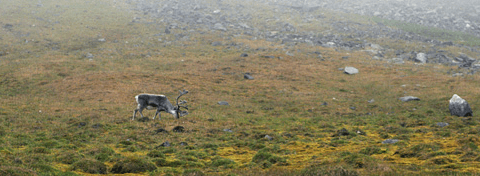
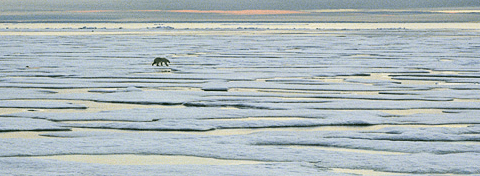
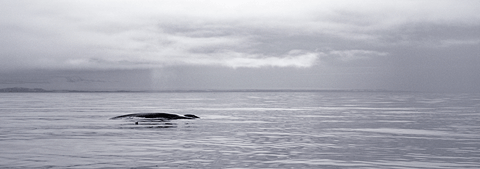
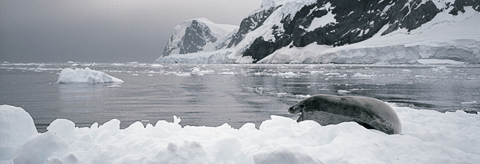
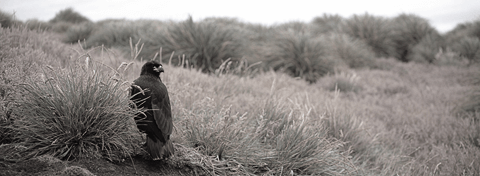
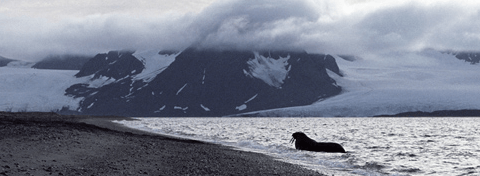
 Become a patron for
Become a patron for